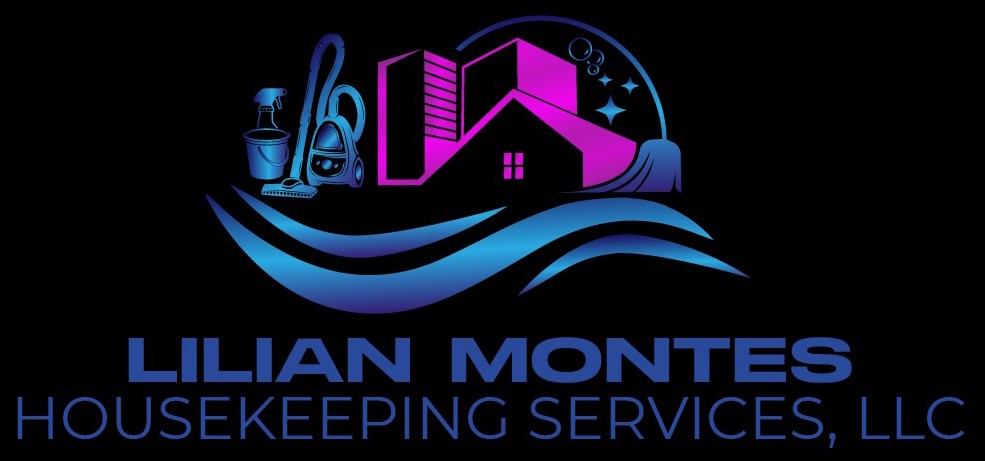
The choice between F.O.B. shipping point and destination can impact how revenue is recognized in accounting and may have tax implications. For instance, under F.O.B. shipping point, sellers can recognize revenue once the goods are shipped, potentially benefiting cash flow. Buyers under F.O.B. destination might defer payment until receipt of goods, which can also impact financial planning. Especially for international ecommerce, a freight forwarder can help manage logistics, reducing the complexity and risk for the buyer in a FOB shipping point agreement. DAP, or “delivered-at-place,” says a seller agrees to be responsible for transporting goods to a location stated in the sales contract. There are 11 internationally recognized Incoterms that cover buyer and seller responsibilities during exports.

Improved Logistics Control

Of the 11 different incoterms that are currently used in international freight, Free on Board (FOB) is the one that you will encounter most frequently. What is FOB shipping, how does it differ from other incoterms, and when should you use Bakery Accounting it? With the advent of e-commerce, most commercial electronic transactions occur under the terms of “FOB shipping point” or “FCA shipping point”. Real-time driver tracking, customer notifications, proof of delivery, and seamless integration with existing systems make Upper a comprehensive solution. So, try Upper’s 7 days free trial and experience a faster, more reliable, and cost-effective movement of goods across your logistics operations. Unloading costs typically fall under the responsibility of the buyer in FOB delivery.
Practical Examples of FOB terms
- When using FOB Shipping Point or FOB Destination, it is important to comply with all legal requirements and regulations.
- These terms, last updated by the International Chamber of Commerce (ICC) in 2020, encompass 11 internationally acknowledged Incoterms.
- FOB is a widely used shipping term that applies to both domestic and international transactions.
- Instead, there are several designations inside of the FOB terms that dictate cost and risk allocation.
In shipping documents and contracts, the term “FOB” is followed by a location in parentheses. Incoterms define the international shipping rules that delegate the responsibility of buyers and sellers. With the FOB shipping point option, the seller assumes the transport costs fob shipping point and fees until the goods reach the port of origin.
Ocean Freight Shipping
F.O.B. shipping point is widely used in manufacturing, retail, and e-commerce industries. However, it may not be suitable for industries dealing with perishable goods or items requiring special handling, where the risk of damage during transit is higher. If you’re ordering many products from a single seller, you may have more leverage to negotiate FOB destination terms, as the cost of shipping per unit will likely be lower for the seller. CIP stands for “carriage and insurance paid to” says that the seller pays for delivery and insurance of goods to a carrier or nominated location. From that point, the buyer is responsible for making further transport arrangements. If a shipment is sent FOB shipping point, the sale is considered complete as soon as the items are with the shipment carrier.

Choosing the Right FOB Shipping for Your Business: Why Does FOB Shipping Matter?

This may result in higher prices for the buyer, as the seller may bookkeeping need to factor in these additional costs when setting their prices. One advantage of using FOB Destination is that the buyer has more control over the shipping process. Since the seller is responsible for arranging transportation, the buyer can choose the carrier and shipping method that best suits their needs.



Leave a Reply